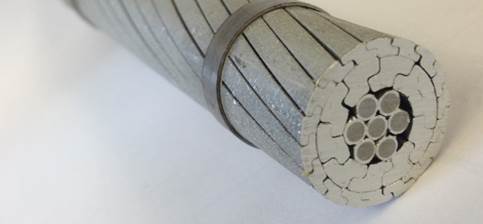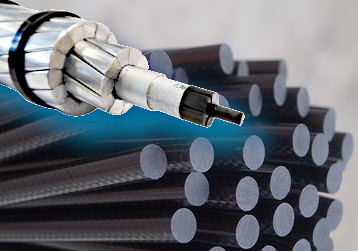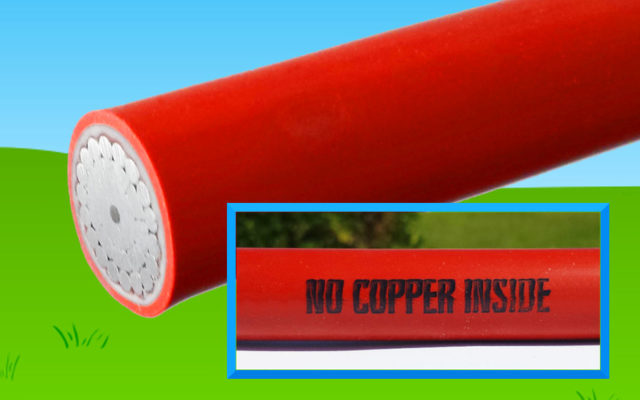Overhead power lines are evolving with new technologies. Discover how ACCM conductors and Smart Conductors enhance efficiency and sustainability.
In 1882, in Germany, the first transmission of electric power through an overhead line took place. Exactly a century later, we at De Angeli Prodotti began designing and producing conductors for overhead power lines capable of meeting the needs of countries around the world. Today, the overhead power lines we design comply with constantly evolving regulations, including those aimed at combating climate change. However, the growing demand for electricity also calls for the enhancement of existing power lines. This is where two particular families of electric conductors come into play: ACCM conductors, ideal for the reconductoring of existing power lines, and Smart Conductors, ideal for real-time network monitoring. These electric conductors enable the optimization (in the first case) and digitization (in the second case) of overhead lines, offering advantages and performance that could not have even been dreamed of just a hundred years ago.
Summary:
- 1. Overhead power lines
- 2. The conductors of the future
- 3. Objectives of the digitalization of overhead power Lines
- 4. Conclusions
1. Overhead power lines
An overhead power line is an infrastructure composed of suspended conductor cables connected by poles, used for the transmission and distribution of electricity over long distances.
2. The conductors of the future
2.1 ACCM conductor
The optimization of an overhead power line involves replacing outdated conductors with new, more efficient ones.
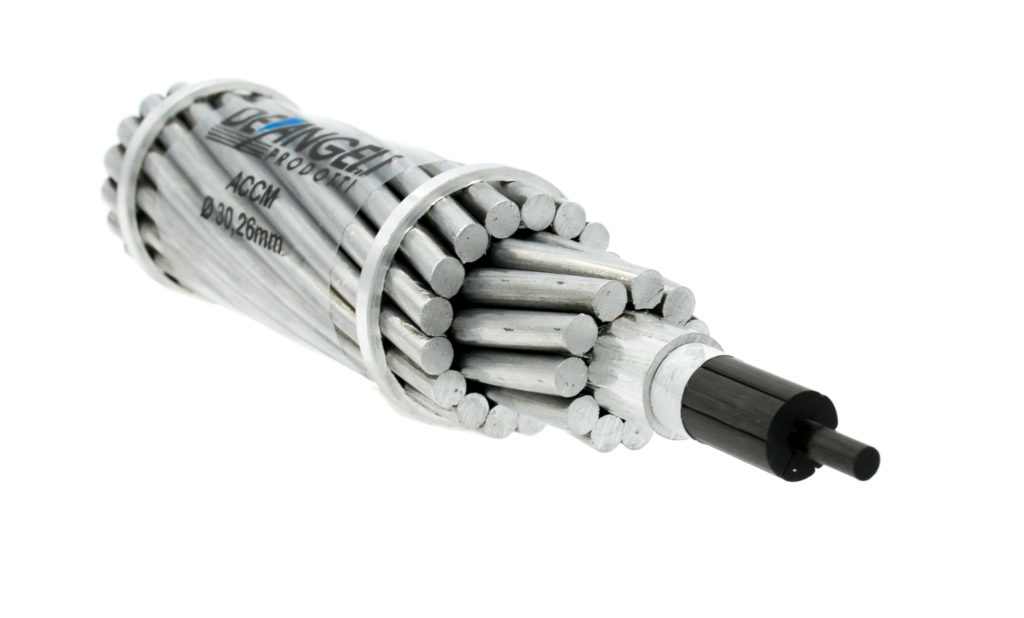
Moreover, although the price of an ACCM conductor may vary based on fluctuations in the price of aluminum, their adoption is extremely advantageous in economic terms.
Here is an article dedicated to further explore the performance and pricing of ACCM conductors (link).
2.2 Smart Conductor
The digitalization of overhead power lines involves applying digital technologies to the conductors, making these cables smart and connected through the use of advanced sensors for automation and real-time analysis.
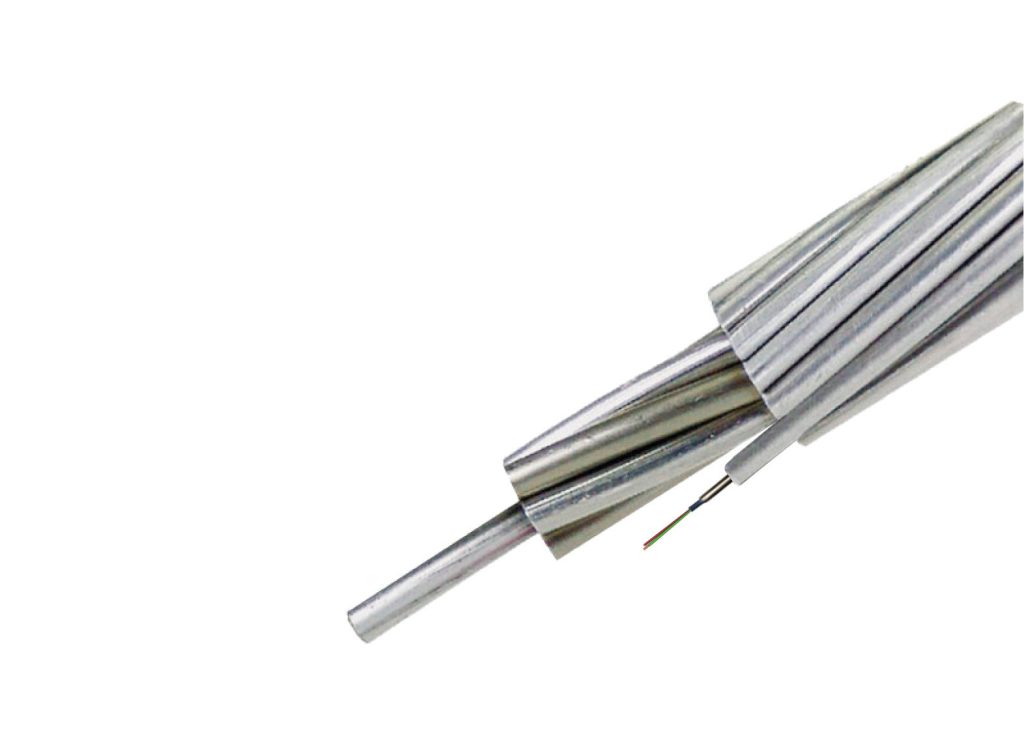
While we have seen that the ACCM conductor is perfect for the renewal of existing overhead lines, the Smart Conductor represents the future of the digitalization of overhead lines, making it ideal for both existing lines and those in the design phase.
The Smart Conductor is an overhead power line conductor in which one wire is replaced with a sensitive wire equipped with optical fiber, making it smart. Through the integration of advanced sensors that enable continuous, real-time monitoring of the line’s condition, it ensures optimal and safe management.
Here is an article dedicated to exploring the advantages of Smart Conductors (link).
3. Objectives of the digitalization of overhead power lines
The digitalization of overhead power lines enables the creation of a smarter, more efficient, and more resilient electrical grid, making it capable of adequately supporting the energy transition needed to combat climate change.
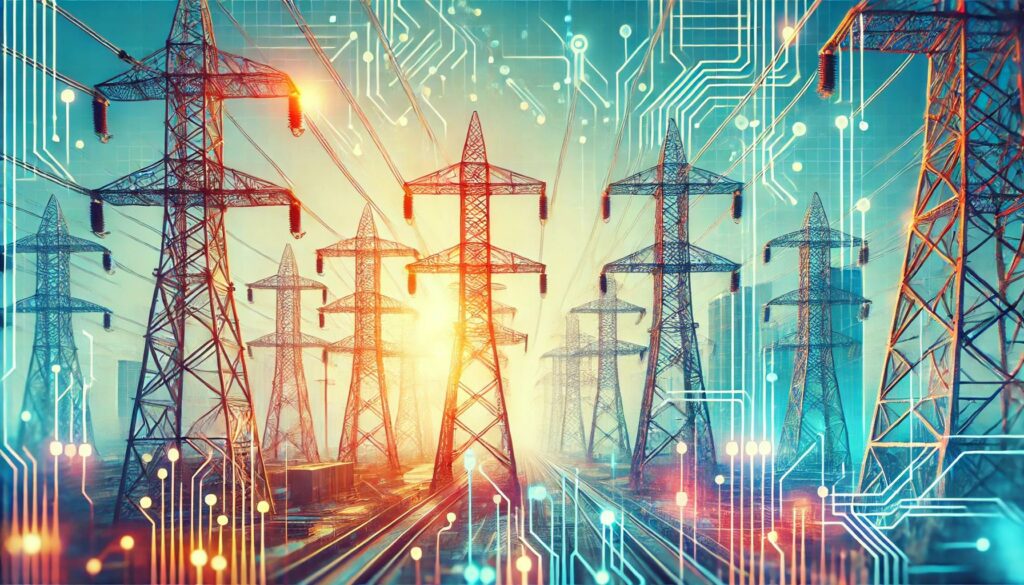
In particular:
- Digitalization allows for the real-time detection of faults, overloads, and anomalies on the overhead line, improving its reliability by enabling prompt intervention to resolve any issues.
- Digitalization enables the monitoring of the line’s condition, detecting wear, vibrations, temperature, and other factors that affect both its integrity and performance. This allows for planned maintenance interventions and proactive measures before failures occur, optimizing both management costs and overall performance.
- Digitalization facilitates the integration of renewable energy sources (such as solar and wind) despite their inherent intermittency, as real-time network monitoring allows for efficient balancing of energy supply and demand.
- Digitalization helps to reduce energy losses along overhead lines through better management of the electrical flow.
- Digitalization allows for the automation of the grid, making it intelligent and potentially capable of autonomously managing the balance between electricity production and consumption, thereby reducing blackouts and optimizing energy flow.
4. Conclusions
Having new overhead lines digitalized with Smart Conductors is essential to reduce the environmental impact of electricity transmission, which the world increasingly demands, thanks to the goals we have just outlined. Additionally, understanding that it is not feasible to replace all existing overhead lines overnight, reconductoring existing overhead power lines with ACCM cables is equally a step toward the future. It provides a much more efficient “interim solution” with lower costs until that day arrives.
